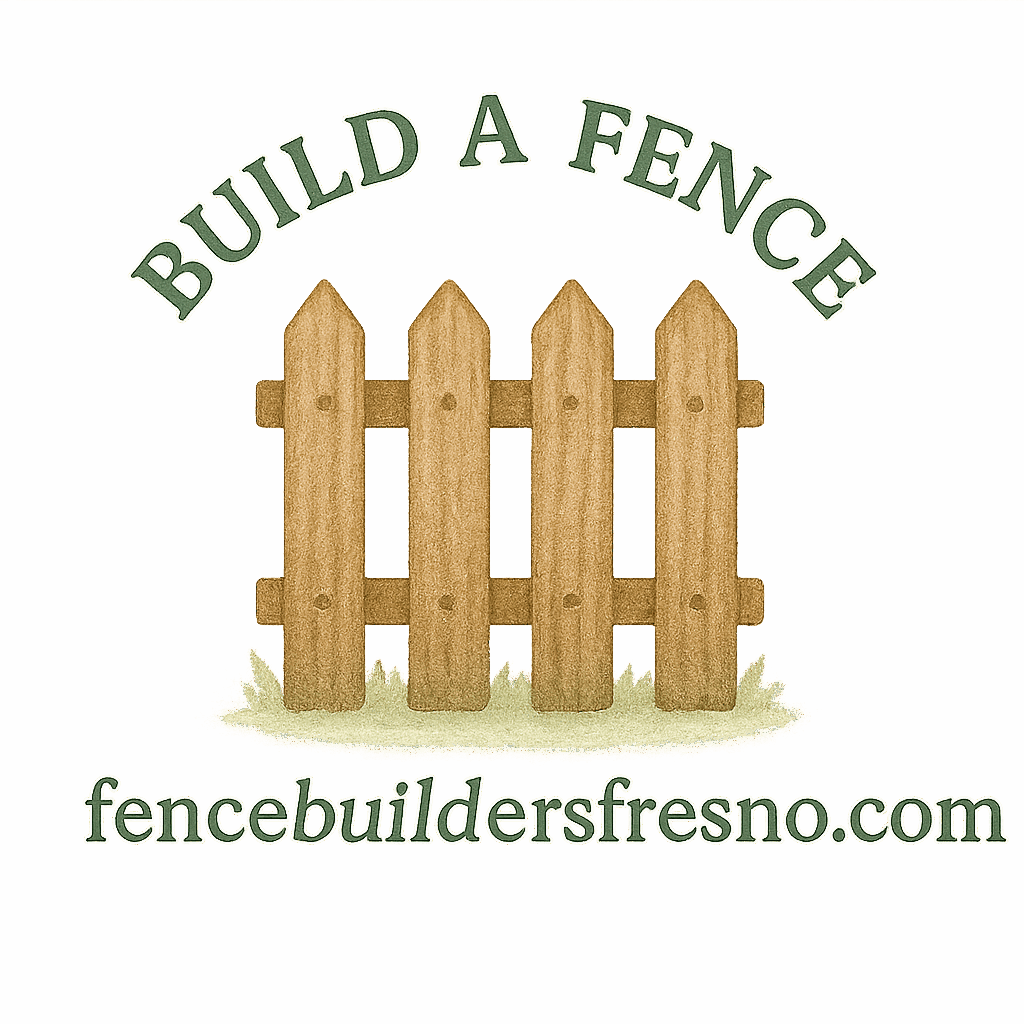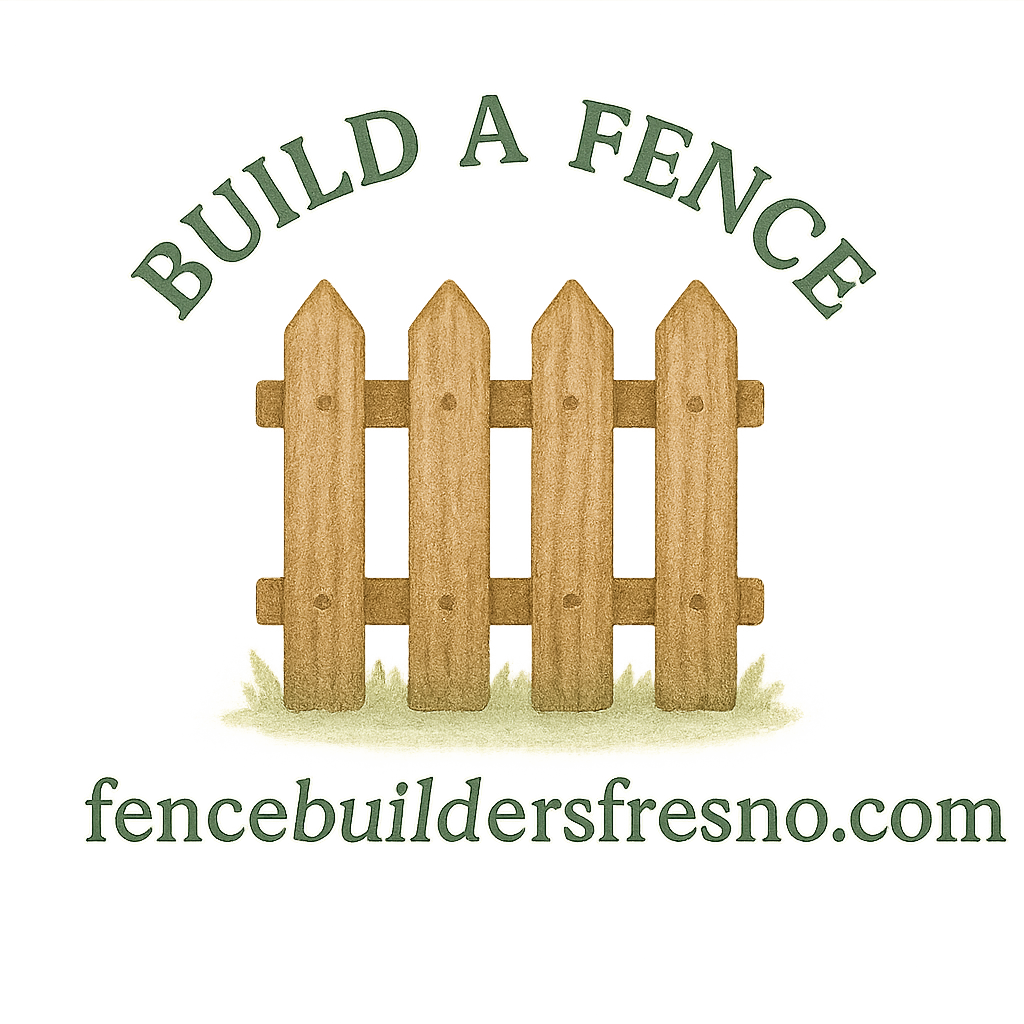Introduction to DIY Fencing
So, you’ve decided to take on a DIY fencing project? That’s fantastic! A fence not only defines your property but also adds beauty, privacy, and security. But let’s be real—jumping straight into fence installation without a plan is like trying to bake a cake without measuring the ingredients. The results can be sloppy, costly, and downright frustrating.
That’s why I created this guide on the 10 steps for smooth DIY fencing planning and installation. By following these steps, you’ll avoid mistakes, save money, and end up with a sturdy, attractive fence you’ll be proud of.
Step 1: Define the Purpose of Your Fence
Before you pick up a hammer, get clear on your “why.”
Privacy and Security
Looking to keep your backyard safe from prying eyes? A tall privacy fence is ideal. Check out different fence types and comparisons to see which options suit your security needs best.
Decorative and Aesthetic Value
Sometimes a fence is all about curb appeal. A classic white picket fence or a modern decorative design can elevate your home’s exterior. If that’s your goal, dive into fence design and planning for inspiration.

Boundary and Property Lines
If your main goal is marking boundaries, a simple chain link or wire fence works. Just make sure you understand your property lines before building.
Step 2: Check Legal Property Considerations
Here comes the not-so-fun but absolutely necessary step: the legal side.
Property Lines and Neighbor Agreements
Disputes over fences are more common than you’d think. Review your survey and discuss plans with neighbors. Learn more about boundary fences to avoid conflicts.
Local Permits and Regulations
Most cities have rules about fence height and materials. Some areas require permits. For a deep dive, read about legal and property considerations.
Avoiding Fence Encroachment Issues
Building over property lines or on easements can spark legal battles. Brush up on fence encroachment issues before you start digging.
Step 3: Choose the Right Fence Type
Your fence should fit your purpose, style, and budget.
Wood Fence
Timeless, warm, and versatile. However, they need upkeep. Learn how to protect them with wood fence care tips.
Vinyl Fence
If low-maintenance is your top priority, vinyl is a winner. Explore vinyl fencing benefits before deciding.
Chain Link Fence
Affordable and practical. Perfect for boundaries and pets, though not the prettiest.
Wrought Iron and Decorative Options
Durable and stylish. These fall into the category of decorative fences that add elegance to your home.
Step 4: Plan the Fence Design
Now for the creative part—design!
Height and Layout Considerations
Decide the right height based on privacy needs. Six feet is standard for backyards, while front yard fences are usually shorter. Learn more about front yard fencing ideas.
Gate Placement and Access Points
A poorly placed gate can cause endless headaches. Plan wisely now.
Matching Fence Design to Home Style
Your fence should flow with your house, not clash. Explore home fencing design ideas for inspiration.
Step 5: Gather the Right Tools and Materials
DIY fencing requires preparation.
Essential Tools for DIY Fence Installation
Grab a post hole digger, tape measure, saw, level, drill, and safety gear. For more, review the fence building basics guide.
Materials Checklist
You’ll need posts, panels, rails, nails or screws, hinges, locks, and finishing materials like paint or stain.
Step 6: Mark and Measure Your Fence Line
Precision is everything here.
Using Stakes and String Lines
Mark the line where your fence will go using stakes and string. This ensures a straight build.
Double-Checking Measurements
Remember: measure twice, dig once. It saves time and frustration.
Step 7: Dig Post Holes and Set Posts
Your fence is only as strong as its posts.
Depth and Spacing for Stability
A good rule: bury posts one-third of their total length.
Concrete vs. Gravel for Post Setting
Concrete offers durability, while gravel allows drainage. For more on long-lasting fences, explore durable fencing solutions.
Step 8: Install Fence Panels or Rails
Here’s where it all comes together.
Aligning Panels for a Straight Fence
Work panel by panel, checking with a level as you go.
Securing Rails and Boards Properly
Tighten fasteners and make sure boards don’t wobble. More insights are in this DIY fence installation guide.
Step 9: Add Gates and Hardware
Your gate will see the most daily use.
Choosing Durable Hinges and Locks
Invest in quality hardware—it’s worth every penny.
Ensuring Smooth Gate Function
Test the swing and lock several times. For step-by-step advice, check the fence installation basics resource.
Step 10: Finish and Maintain Your Fence
Your fence may be standing tall, but upkeep keeps it looking fresh.
Painting, Staining, or Sealing
Protect wood from rot and fading. Vinyl doesn’t need paint, but cleaning helps.
Regular Fence Maintenance and Upkeep Tips
Routine care saves money down the road. Explore fence maintenance and repair and upkeep tips for long-lasting results.
Common DIY Fencing Mistakes to Avoid
- Skipping permits
- Building over property lines
- Using flimsy materials
- Forgetting to anchor posts properly
- Ignoring low-maintenance fencing options
Benefits of DIY Fence Installation
- Cuts down on labor costs
- Lets you customize every detail
- Adds instant value to your property
- Gives you pride in building something yourself
When to Call Professional Fence Builders
Sometimes, DIY isn’t the best route. If your yard has uneven terrain, rocky soil, or you simply feel overwhelmed, hiring experts like Fence Builders Fresno is a smart move.
Conclusion
Taking on a DIY fence project can feel intimidating at first, but by following these 10 steps for smooth DIY fencing planning and installation, you’ll have the know-how to succeed. From defining your purpose to applying the finishing touches, every step matters. Whether you want privacy, beauty, or boundary definition, the right planning ensures your fence stands strong for years.
So, roll up your sleeves, grab your tools, and get building—your dream fence is closer than you think.
FAQs
1. What is the cheapest type of fence to install?
Chain link fences are the most budget-friendly option. Learn how they compare at fence types and comparisons.
2. How deep should fence posts be set?
About one-third of the post should be underground—typically 2–3 feet.
3. Can I build a fence without consulting my neighbor?
Technically yes, but for boundary fences it’s always best to talk it over.
4. How long does a DIY fence usually last?
Wood fences can last 10–20 years with care. Vinyl fences may last 30+ years.
5. Do I need a permit to build a fence?
Most cities require permits for fences over a certain height. Check local legal fencing rules.
6. Which fence type requires the least maintenance?
Vinyl is the champion of low-maintenance fencing.
7. What’s the most beginner-friendly fence to build?
Panel fences and picket fences are usually easiest for DIY beginners.


